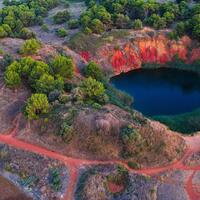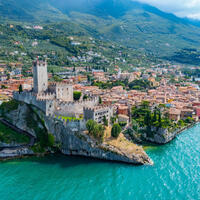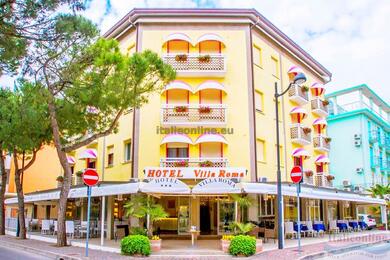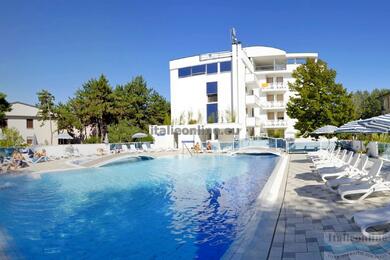Pasta Carbonara
Pasta Carbonara is one of Italy's most famous dishes, the origins of which are often debated. Traditionally, the dish is said to originate from the Lazio region, specifically Rome. Its history is not entirely clear, but one theory is that it originated during the Second World War, when the Allied forces brought bacon and eggs to Italy, which were then combined with local ingredients. Another theory suggests that the name comes from the 'carbonari' (charcoal burners) who ate this dish because it was simple to prepare and contained hearty ingredients.
Traditional carbonara paste consists of the following basic ingredients:
- spaghetti or another type of long pasta
- Guanciale (smoked pork shoulder), which can be replaced by pancetta or bacon
- Eggs (yolks)
- Pecorino Romano (Italian hard sheep's cheese)
- Black pepper
The pasta is cooked in salted water until 'al dente'. The guanciale is cut into small pieces and fried in a pan until golden and crispy. The egg yolks are mixed with grated Pecorino Romano and freshly ground black pepper. The cooked pasta is mixed with the guanciale and then the cheese and egg mixture is quickly stirred in. It is important that the eggs do not curdle, so the mixture is stirred away from a direct heat source. The finished Carbonara is served immediately, sprinkled with freshly ground pepper and additional Pecorino Romano cheese if desired.
Pasta Carbonara is considered a symbol of Roman cuisine and is popular not only in Italy but all over the world. Its simplicity and delicious taste make it a popular choice in many restaurants and homes.
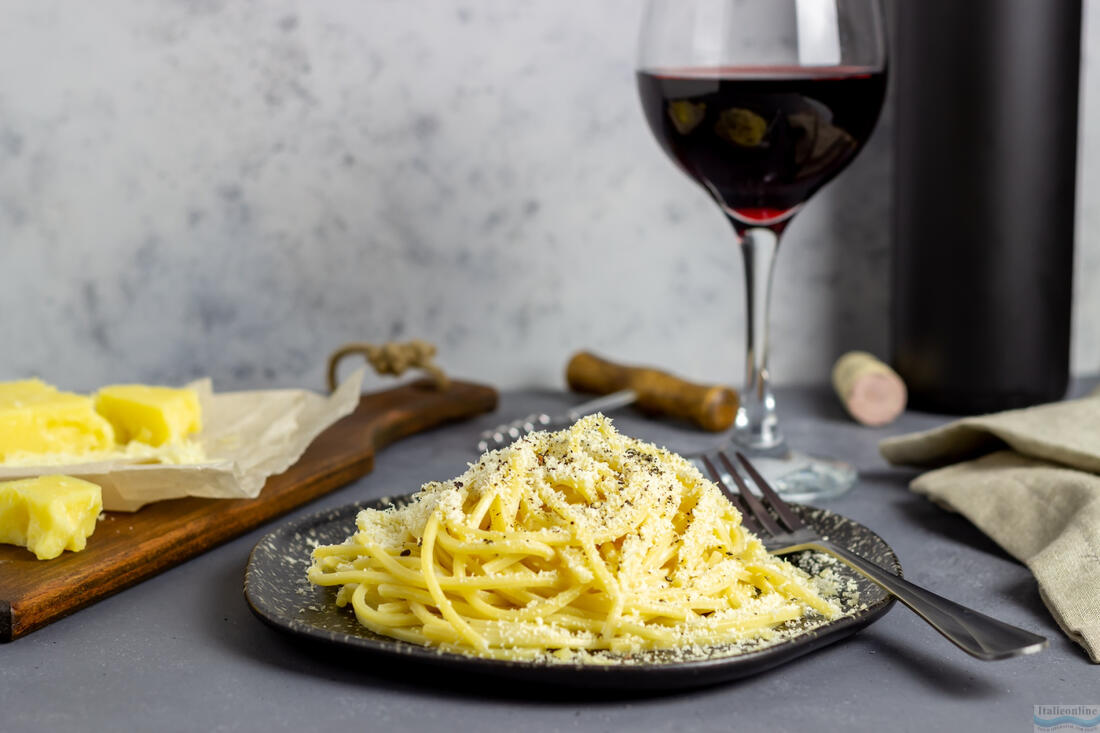
Cacio e Pepe
Cacio e Pepe is another iconic dish of Roman cuisine that dates back to antiquity. This dish is proof that even with a minimum of ingredients, a delectable dish can be created. The name 'Cacio e Pepe' translates as 'cheese and pepper', reflecting its simple composition.
Cacio e Pepe consists of just three basic ingredients:
- Pasta (usually spaghetti, tonnarelli or bucatini)
- Pecorino Romano (Italian hard sheep's cheese)
- Black pepper
The pasta is cooked in salted water until "al dente". Freshly ground black pepper is roasted in a pan to release its aroma and flavour. The grated Pecorino Romano is mixed with a little pasta water to make a smooth and creamy sauce. The cooked pasta is added to the pan with the pepper and mixed. Then the cheese and pasta water mixture is added and everything is mixed thoroughly to coat the pasta with the sauce. The finished Cacio e Pepe is served immediately, sprinkled with freshly ground pepper.
Cacio e Pepe is a celebration of simplicity and quality ingredients. This dish is often considered a test of culinary skill, as proper preparation requires technical skill and a sense of balance of flavours. It is popular not only in Rome, but throughout Italy and the world.


